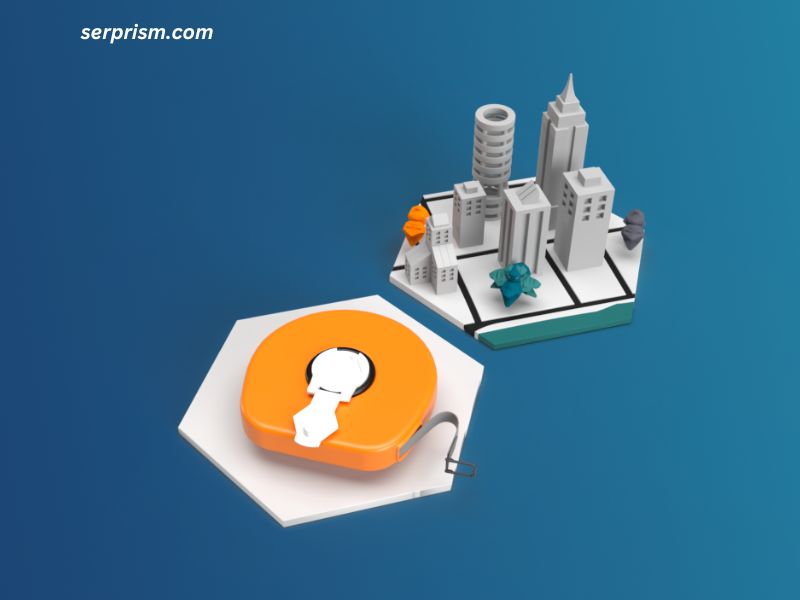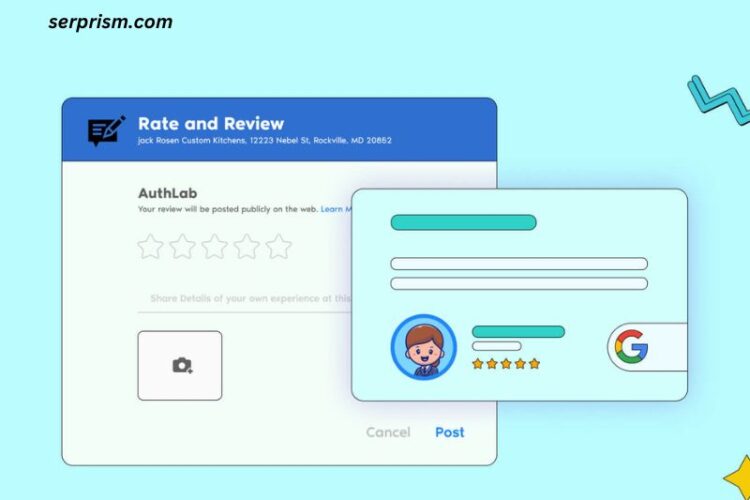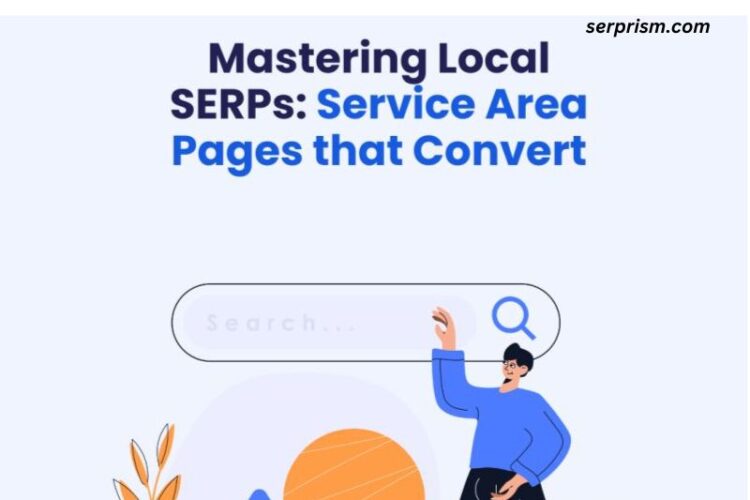
In today’s retail environment, the ability to understand and analyze store traffic is critical for improving customer experience, optimizing inventory, and boosting sales. Traditional methods of measuring store traffic, such as manual counting or using basic software, are becoming outdated. With advancements in technology, particularly artificial intelligence (AI), the concept of building a store traffic analyzer with supervision is gaining momentum. This system combines real-time data gathering, machine learning, and automated analytics to provide a comprehensive view of store performance.
This article explores how to build a store traffic analyzer with supervision, examining the technologies involved, the benefits of a supervised system, and practical implementation strategies.
1. Understanding Store Traffic Analytics
Store traffic analytics refers to the process of monitoring and analyzing the movement of customers in and around a retail space. It provides insights into customer behavior, including when customers enter, which sections they visit, how long they stay, and how they interact with displays or products.
Understanding these patterns is important for retailers because it can help answer questions such as:
- How many customers visit the store each day, week, or month?
- Which areas of the store get the most foot traffic?
- At what times are customers most likely to make a purchase?
- How effective are store promotions in attracting customers?
Traditionally, traffic analysis was done manually using entry/exit counters or through surveys. However, with advancements in technology, modern systems use data from cameras, sensors, and even Wi-Fi networks to gather real-time traffic information.
2. The Role of Supervision in Traffic Analytics
A supervised system in the context of store traffic analysis refers to a model where human oversight is combined with machine learning algorithms. Unlike unsupervised learning, which identifies patterns without human intervention, supervised learning involves using labeled data to train algorithms to predict outcomes.
For example, in a supervised store traffic analyzer, a system could be trained to detect and classify customer movements, such as entering the store, stopping at a display, or making a purchase. The human supervisor’s role is to provide the system with labeled data and feedback, improving the system’s accuracy over time.
This supervision ensures that the system can:
- Detect anomalies: Supervisors can help refine algorithms to identify unusual patterns in store traffic, such as a sudden spike in visitors or a long line at the checkout counter.
- Correct errors: Machine learning models can occasionally misclassify customer behavior. Supervisors can manually adjust these errors, ensuring better data quality.
- Improve decision-making: Human supervisors can provide insights that machine models might miss, such as seasonality trends or promotions that affect store traffic.
In essence, building a store traffic analyzer with supervision creates a more reliable and accurate system, combining the best of human oversight and machine learning.
3. Core Technologies for Building the Analyzer
To build a comprehensive store traffic analyzer, several technologies must be integrated. These include sensors, data processing tools, machine learning models, and feedback mechanisms for supervision.
a) Sensors and Data Collection
The first step in analyzing store traffic is to collect data. A variety of sensors can be used for this purpose:
- Video Cameras: Cameras with computer vision software can track the movement of customers in the store. Advanced computer vision techniques, such as object detection and tracking, are used to recognize when a customer enters the store, walks around, or interacts with products. Video analytics can also segment people by attributes, such as gender, age, or whether they are carrying shopping bags.
- Infrared Sensors: These sensors can be placed at entry and exit points to count the number of customers entering and exiting the store. They are less intrusive than cameras and are useful for measuring traffic flow.
- Wi-Fi and Bluetooth Beacons: Many stores offer free Wi-Fi or Bluetooth signals, which customers can use to track their movements inside the store. These sensors can track foot traffic and provide data on dwell time in specific sections of the store.
- RFID (Radio Frequency Identification): RFID tags can be attached to shopping carts or products to track their movement throughout the store. This helps understand which products are attracting customers’ attention.
b) Data Processing and Integration
Once the data is collected, it needs to be processed and analyzed. The raw data from sensors and cameras needs to be cleaned and structured for analysis. This typically involves the following steps:
- Data Cleaning: Data gathered from sensors or cameras may contain errors or be incomplete. This data is filtered to remove irrelevant or faulty entries, ensuring that only relevant data is analyzed.
- Data Integration: Data collected from multiple sources (e.g., cameras, Wi-Fi, infrared sensors) is integrated into a single platform. This unified dataset allows for cross-referencing between customer movement and store layout, providing deeper insights.
- Real-time Processing: In some cases, real-time data processing is required. For instance, if the goal is to optimize checkout lines by understanding foot traffic patterns, the system needs to process data in real-time to alert store managers of traffic spikes.
c) Machine Learning and Supervised Models
With the data in place, machine learning models come into play. These models learn to identify patterns in customer behavior based on historical data and can predict future trends. For a supervised store traffic analyzer, these models are trained with labeled data, where a human supervisor provides feedback on customer actions and patterns.
Some common machine learning algorithms used in traffic analysis include:
- Classification Models: These models categorize customer behaviors, such as distinguishing between those who are browsing and those who are making a purchase.
- Clustering Algorithms: Clustering can group similar customer behaviors together. For example, clustering algorithms might identify different types of shopping patterns, such as quick in-and-out visits versus extended browsing.
- Time Series Analysis: Time-based models help identify trends related to specific times of the day, days of the week, or seasons. For example, the system might learn that traffic peaks on weekends or during holiday seasons.
d) Supervision and Feedback Mechanisms
The human supervisor plays a crucial role in ensuring the quality and accuracy of the traffic analysis. Feedback mechanisms allow supervisors to correct the system’s predictions or add new labels to data, helping to refine the model. This could involve:
- Manual Adjustment of Labels: When the model makes a misclassification (e.g., mistaking a shopper for a store employee), the supervisor can correct the label to help the system learn.
- Performance Monitoring: Supervisors can monitor the accuracy of the traffic predictions, ensuring the system is functioning as expected. If anomalies are detected, the supervisor can intervene and make adjustments.
- Continuous Improvement: Machine learning models improve over time with more labeled data. The more supervision and feedback provided, the better the system’s predictions and analytics will become.
4. Benefits of a Supervised Store Traffic Analyzer
A store traffic analyzer with supervision offers several benefits that help businesses optimize operations and improve customer experiences:
a) Accurate Traffic Predictions
Supervised learning ensures that the traffic predictions made by the system are as accurate as possible. By continuously refining the system with feedback, businesses can rely on precise data to make informed decisions about staffing, inventory, and store layouts.
b) Improved Customer Experience
Understanding customer behavior allows businesses to tailor their offerings to match demand. For example, if the system identifies areas with low foot traffic, retailers can adjust product placements or create promotions to increase engagement in these zones.
c) Operational Efficiency
Supervised store traffic analyzers help businesses streamline operations by providing insights into when customers typically visit the store. This allows retailers to optimize staffing levels, reduce wait times at checkouts, and ensure the right products are in stock.
d) Marketing Insights
Analyzing foot traffic can reveal how effective marketing campaigns are in driving customer visits. For example, if a store runs a promotion for a specific product, the traffic analyzer can track whether more customers are visiting that section and whether they make purchases as a result.
5. Challenges in Building a Supervised Traffic Analyzer
Despite the many advantages, there are challenges when building and implementing a store traffic analyzer:
- Cost: Setting up an effective store traffic analysis system can be expensive, particularly with the need for sensors, cameras, and machine learning models.
- Privacy Concerns: Privacy is a major concern when using cameras and tracking technologies. Stores must ensure they comply with data protection laws, such as GDPR, and that customer data is anonymized and handled responsibly.
- Data Integration: Collecting data from multiple sources and integrating it in real-time can be technically challenging, requiring expertise in data engineering and system architecture.
Conclusion
Building a store traffic analyzer with supervision represents the intersection of retail analytics and machine learning. By combining sensors, data processing tools, and supervised machine learning, retailers can gain actionable insights into customer behavior, improve operational efficiency, and enhance the customer shopping experience.
As technology continues to advance, the role of human supervision will remain crucial to ensure the accuracy of predictions and the adaptability of the system. By investing in the right technology and continuously refining their models with feedback, businesses can stay ahead in an increasingly competitive retail environment.




